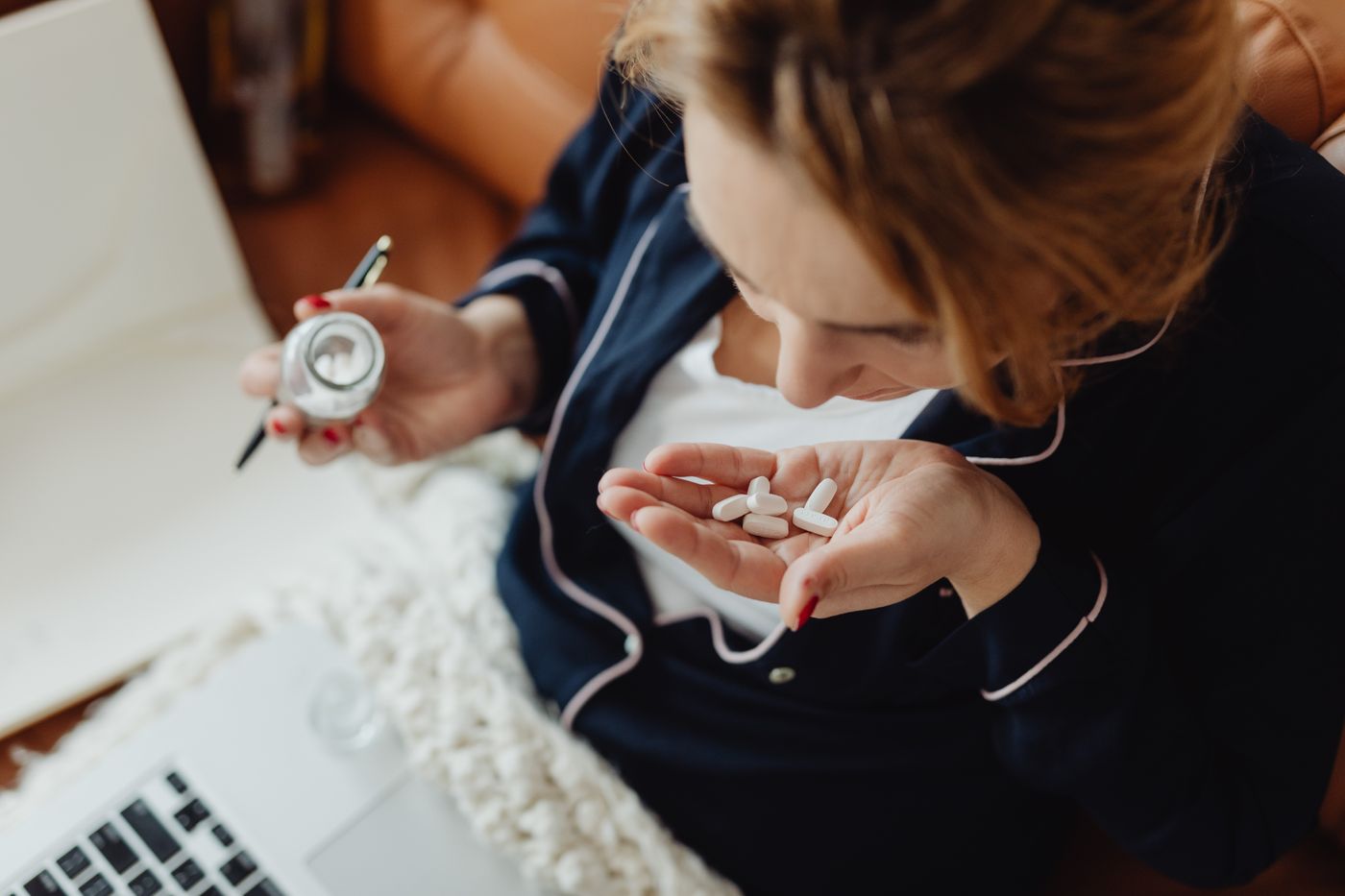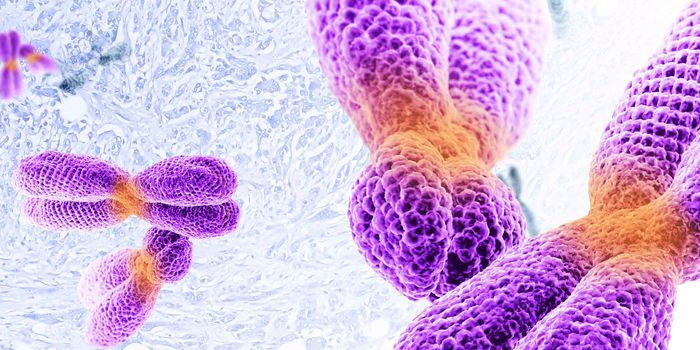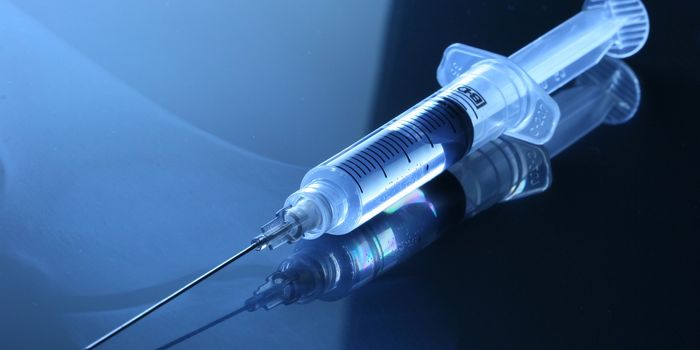A noninvasive sleep sensor that could prevent opioid overdose in recovering patients
Opioid Use Disorder (OUD) is a chronic condition of opioid use that results in significant distress, dependence, relapse, or addiction. Opioid use refers to both the prescribed use of opioids for pain management as well as its illicit use. The reliance on opioids has continually risen since the early 1900s. In 2020, about 92,000 drug overdose deaths occurred involving an opioid in the US. Although effective treatments have been developed to treat opioid withdrawal in patients, the cost associated with opioid overdose is upwards of $500 billion annually. The opioid crisis remains a significant healthcare problem in the US.
Treatment for opioid addiction generally involves detoxing as well as the use of analgesics to relieve withdrawal symptoms. Methadone is an analgesic that is considered an opioid agonist medication. The agonist activates the same receptors in the central nervous system that are acted on by opioid drugs, thus treating the craving for opioids.
While methadone reduces craving and withdrawal, it is not considered adequate at night. One of the withdrawal symptoms includes disturbed sleep. Symptoms and pain can return at night when sleep is disturbed, putting an individual at higher risk of relapse and overdose.
Researchers at the Sleep and Performance Center at Washington State University have developed a home sensor that healthcare workers can monitor remotely to determine sleep quality. Patients in recovery often suffer from poor sleep and restlessness at night. If a recovering individual is restless or experiencing poor sleep, the sensor monitors movements in the room and can send this data in real-time to the healthcare provider. The sensors are ideal for patients who are discharged after addiction treatment.
The sensors are noninvasive, unlike other methods of measuring sleep disturbance that use wires attached to the patient or cameras to monitor sleep. They are also quite effective and can detect sleep disruption 89% of the time. Patients also do not have to go into the lab to provide sleep data; the patients’ healthcare team can directly access the data generated by the sensors at home to help support changes to the treatment plan.
This pilot study was performed in the lab and will require testing the sensors in patients' homes. Scientists plan to next test sleep data collection by using the sensor on patients either beginning treatment programs from home or those returning home after discharge from a program.
Sources: Science Daily, CDC









